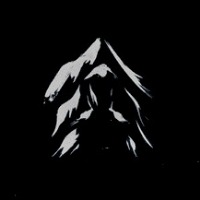Pat S. said: The freehand drawing tool creates many microdots instead of a solid line like the polyline and it allowed light to bleed through in some instances.The memory usage was not very efficent and would cause massive drag and problems with people's machine. Actually, the freehand lines are a series of very short quadratic Bézier curves. (The circles/ovals are cubic Bézier curves.) They're not dots all split up, they do connect... but there are hundreds of them even in a very short freehand drawing. Dynamic lighting is an expensive calculation, with the cost increasing with the number of walls, so having hundreds or thousands of walls thanks to a freehand drawing on the DL layer will slow the game to a crawl. Additionally, it appears whatever algorithm is used for calculating the dynamic lighting doesn't play nicely with Bézier curves, as is easily demonstrated by drawing a circle on the DL layer and seeing the result. For more information, check out <a href="https://wiki.roll20.net/API:Objects/Path" rel="nofollow">https://wiki.roll20.net/API:Objects/Path</a> and importantly, a comment from Riley on the Talk page of that article: This is good! The "Q" in the freehand paths is actually for quadraticCurveTo, documented here: <a href="http://www.w3schools.com/tags/canvas_quadraticcurveto.asp" rel="nofollow">http://www.w3schools.com/tags/canvas_quadraticcurveto.asp</a> , and 'C' is for bezierCurveTo, documented here: <a href="http://www.w3schools.com/tags/canvas_beziercurveto.asp" rel="nofollow">http://www.w3schools.com/tags/canvas_beziercurveto.asp</a> Hope that helps! -- Riley D. ( talk ) 15:38, 4 October 2013 (EDT)




